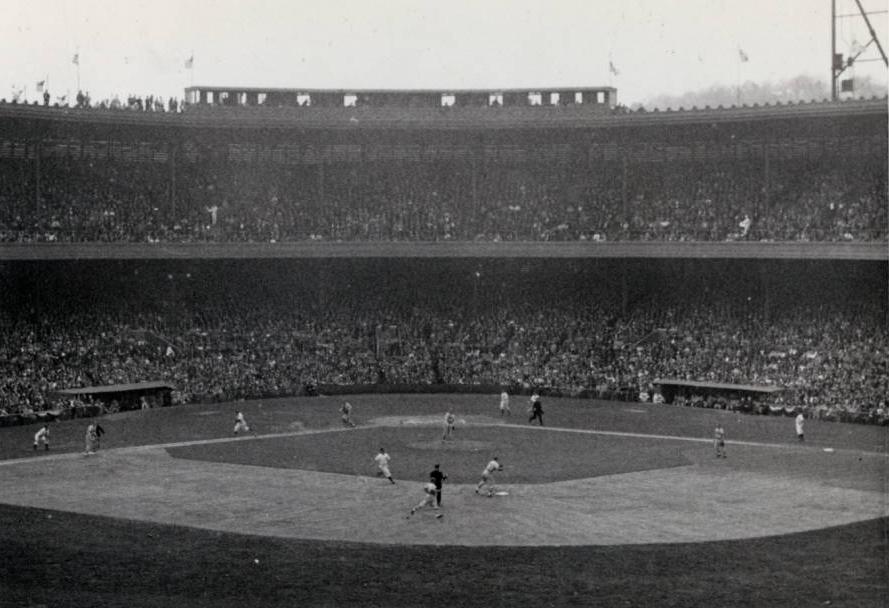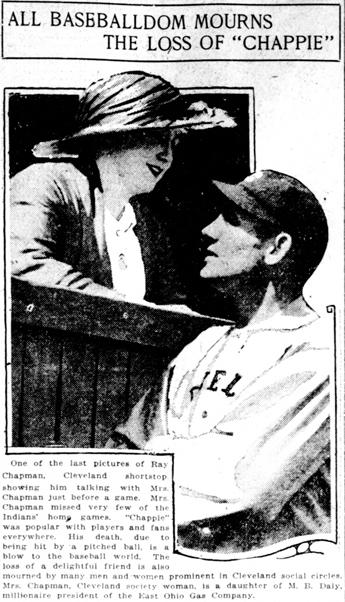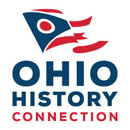“Killed by Pitched Ball”: Finding Ray Chapman on Chronicling America

On August 16, 1920, at the Polo Grounds in New York City, Raymond “Ray” Chapman–star shortstop of the Cleveland Indians–stepped into the batter’s box in the fifth inning to face surly New York Yankees pitcher Carl Mays. Mays had an unorthodox delivery in that he threw underhand, or “submarine style,” and had a reputation for throwing at batters. Chapman had a tendency to crowd the plate, and on the third pitch of the at-bat, on a 1-1 count, Mays threw a high fastball in Chapman’s direction, striking him in the head.

The sound of the ball coming off Chapman’s head was so loud that Mays thought the ball had hit Chapman’s bat, prompting him to field the ball and throw it to first base. Chapman’s knees buckled, dropping him to the ground in front of home plate. Bloodied, he managed to stand up and began walking toward the clubhouse in center field, making it to second base before collapsing. Chapman was taken to St. Lawrence Hospital but would die 12 hours later on August 17, 1920, making him the only Major League Baseball player to die as the result of being “beaned,” or hit by a pitch.
Newspapers available through the Library of Congress’ historic newspapers website, Chronicling America, allow you to follow the story of Ray Chapman and read articles about his career, death, and funeral. Baseball was a cherished sport during the time Ray Chapman played, and the newspapers covered the happenings on the diamond extensively.
The Cleveland Indians went on to win their first World Series just a few months later on October 12, 1920. Chapman’s former teammates agreed to donate his share of the bonus money to his pregnant widow, Kathleen Daly Chapman, a Cleveland native. Chapman had told several people during the season that 1920 would be his last year, as he wanted to start a family and work for his father-in-law, the president of the East Ohio Gas Company.

The tragedy of Chapman’s death did not end on the field. Kathleen Daly Chapman, a once-avid baseball fan, never attended another baseball game. She gave birth on February 27, 1921, to Chapman’s daughter, Rae, but would eventually commit suicide from grief in 1926. Rae died from the measles in 1929. Carl Mays could never endear himself to fans again, consistently blaming the accident on the condition of the baseball and swearing until his death that the pitch was an accident. Mays lost his life savings in the stock market crash of 1929 and later lost his wife to an eye infection, leaving him alone with two children. When Mays died in 1971, the headline for his obituary read “Carl Mays: Yankee Whose Pitch Killed Batter in 1920 is Dead.”
Interested in learning more about Ray Chapman? Clickhereto see him featured in one of theOhio Historical Society’sChronicling America Search Strategy Videosavailable through YouTube!This short video will not only show you how to find information about Ray Chapman from the over six million pages of historic American newspapers available on Chronicling America, but it will teach you why you should use the date range search options when performing other searches on the website. You can also view theRay Chapman Subject Guide, available through theOhio Digital Newspaper Portal Subject Guide Collection, for even more information.
TheChronicling America Search Strategy Videoswere developed by theOhio Historical Societywith support from theNational Endowment for the Humanitiesand theLibrary of Congressas part of theNational Digital Newspaper Program in Ohiostaff. Please visit the Ohio Digital Newspaper Portalfor more information.
__________________________________________________
Thanks toKevin Latta, Quality Control Technician for NDNP-OH, for this week’s post!
The National Digital Newspaper Program is a partnership between the National Endowment for the Humanities and the Library of Congress and state projects to provide enhanced access to United States newspapers published between 1836 and 1922.NEH awards support state projects to select and digitize historically significant titles that are aggregated and permanently maintained by the Library of Congress. As part of the project, the Ohio Historical Society contributed 200,000 newspaper pages to the project between July 2008 and August 2012 and will contribute an additional 100,000 pages by the end of August 2014.



Leave a Reply
You must be logged in to post a comment.